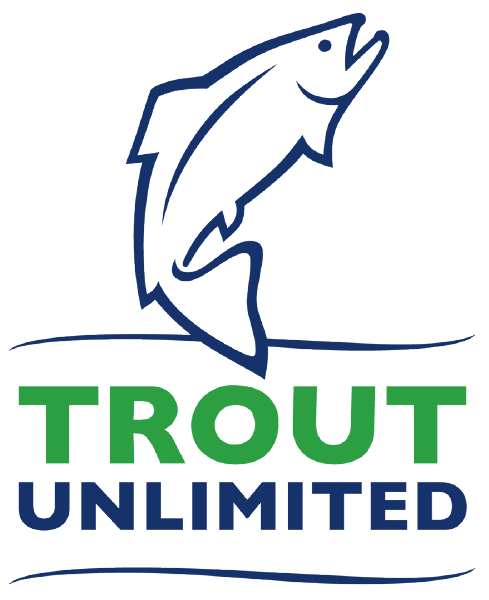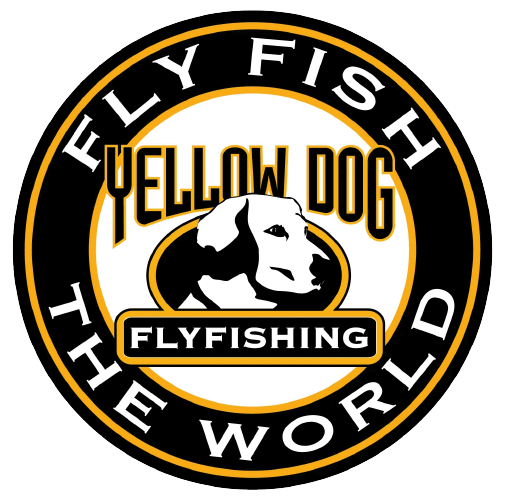404
We couldn't find what you are looking for. Go home
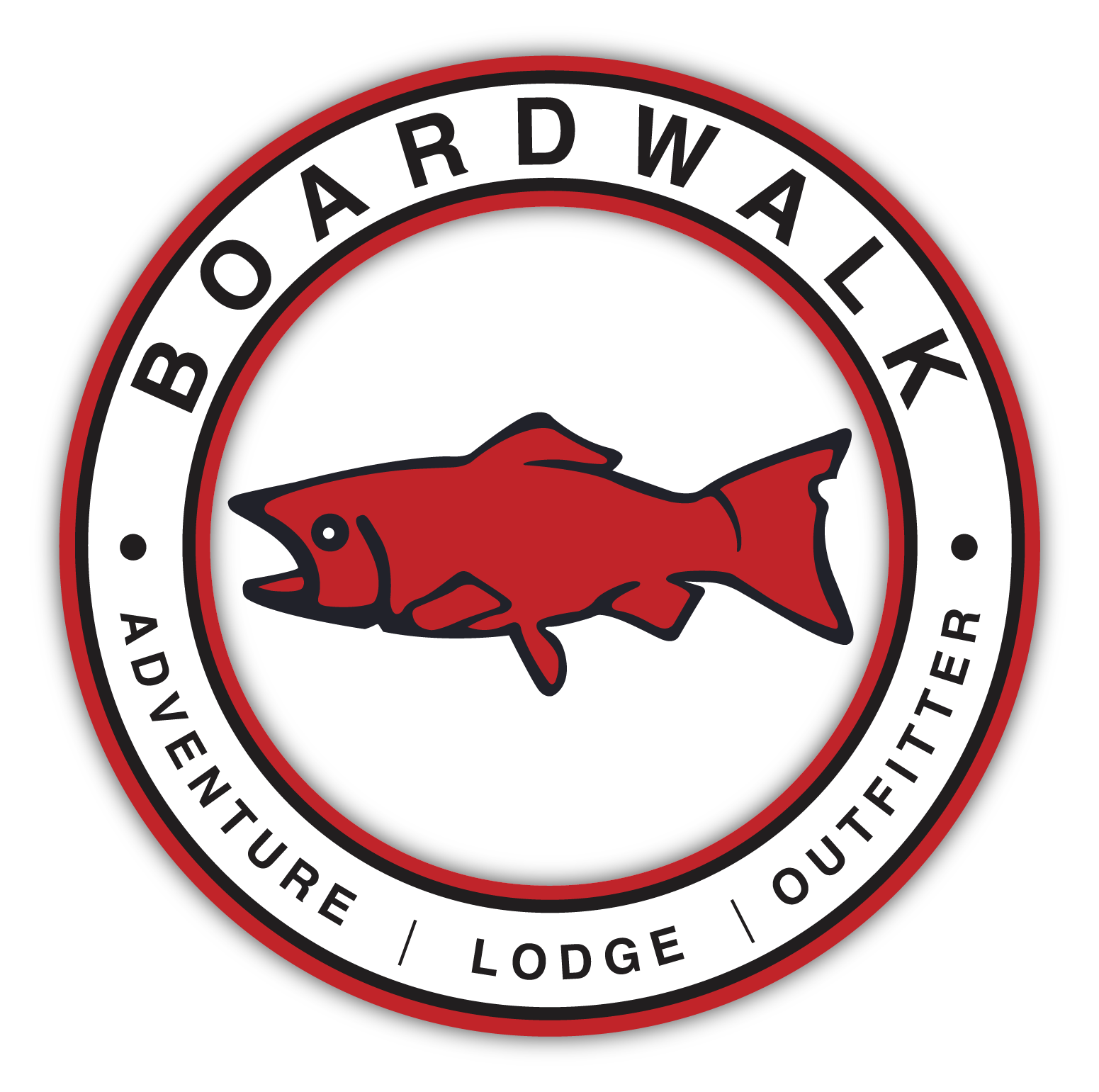
Support
- Policies
- Contact
- Blog
- Frequently Asked Questions
- Why Boardwalk Lodge?
- What's the Orvis Endorsement?
- HR
- Privacy Policy
- Boardwalk Rewards
- Travel/Booking Agent Program
- Pro Fish Partners
- Promotions
- Bring Home Fish Guarantee
- Corporate Fishing Trip
- Family Reunion Fishing Trip
- Military Discount
- Responder Discount
- Teacher Discount
Boardwalk Lodge Supports




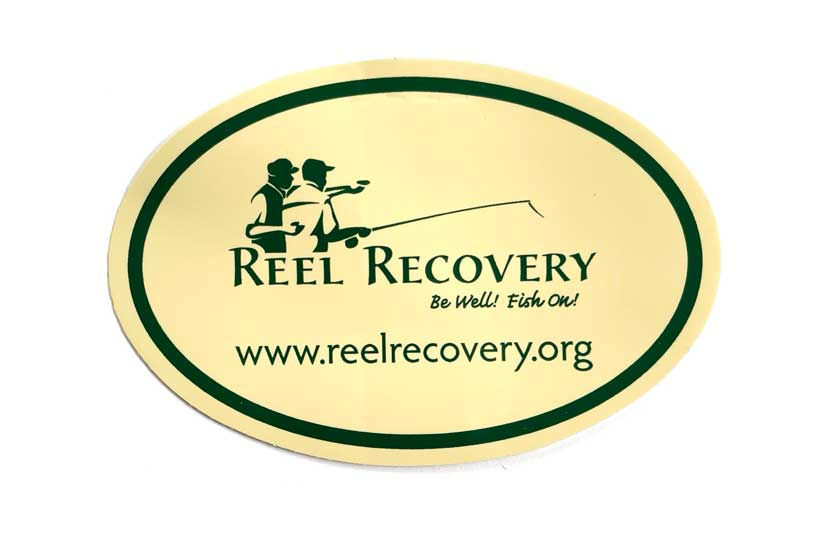

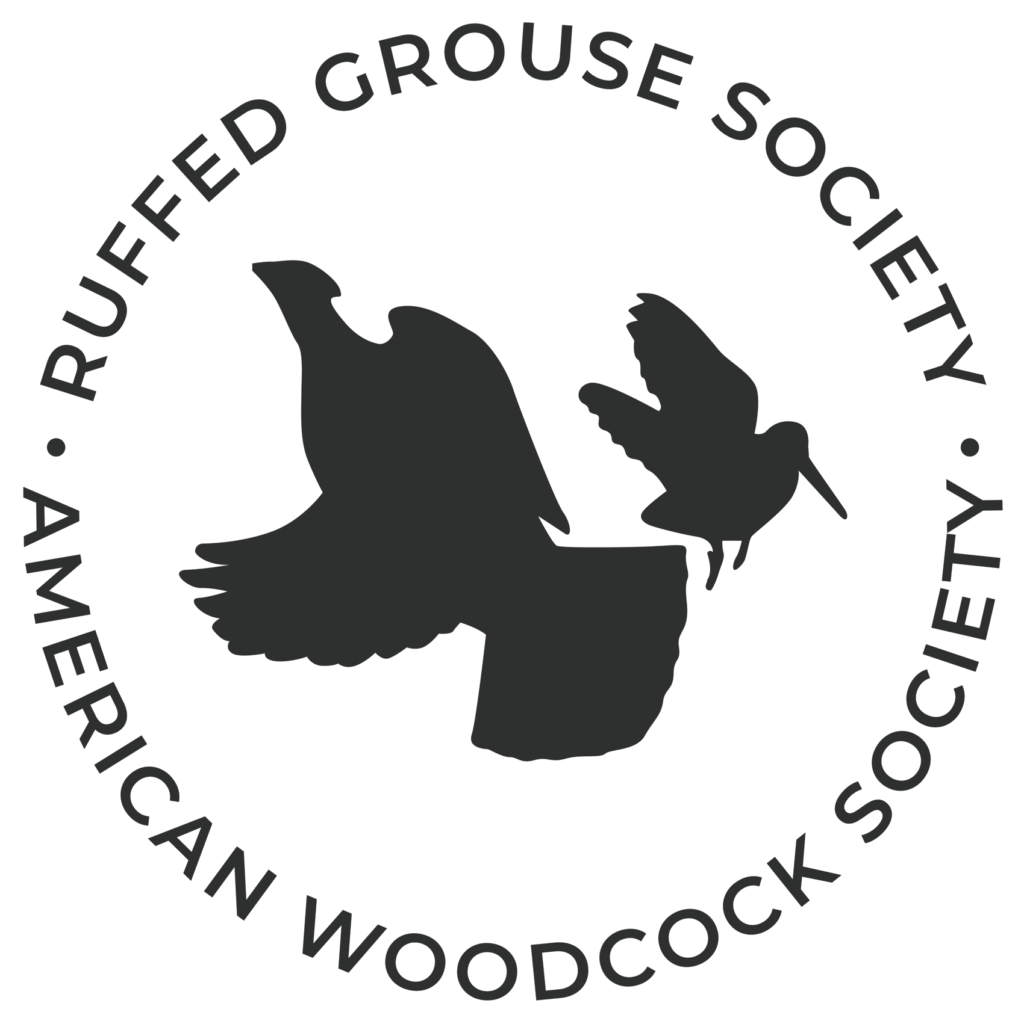
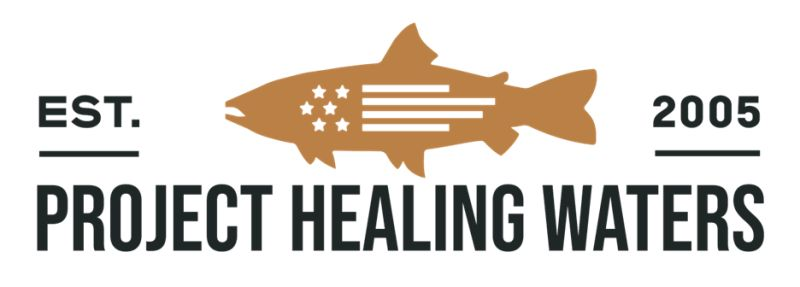

Our Partners


